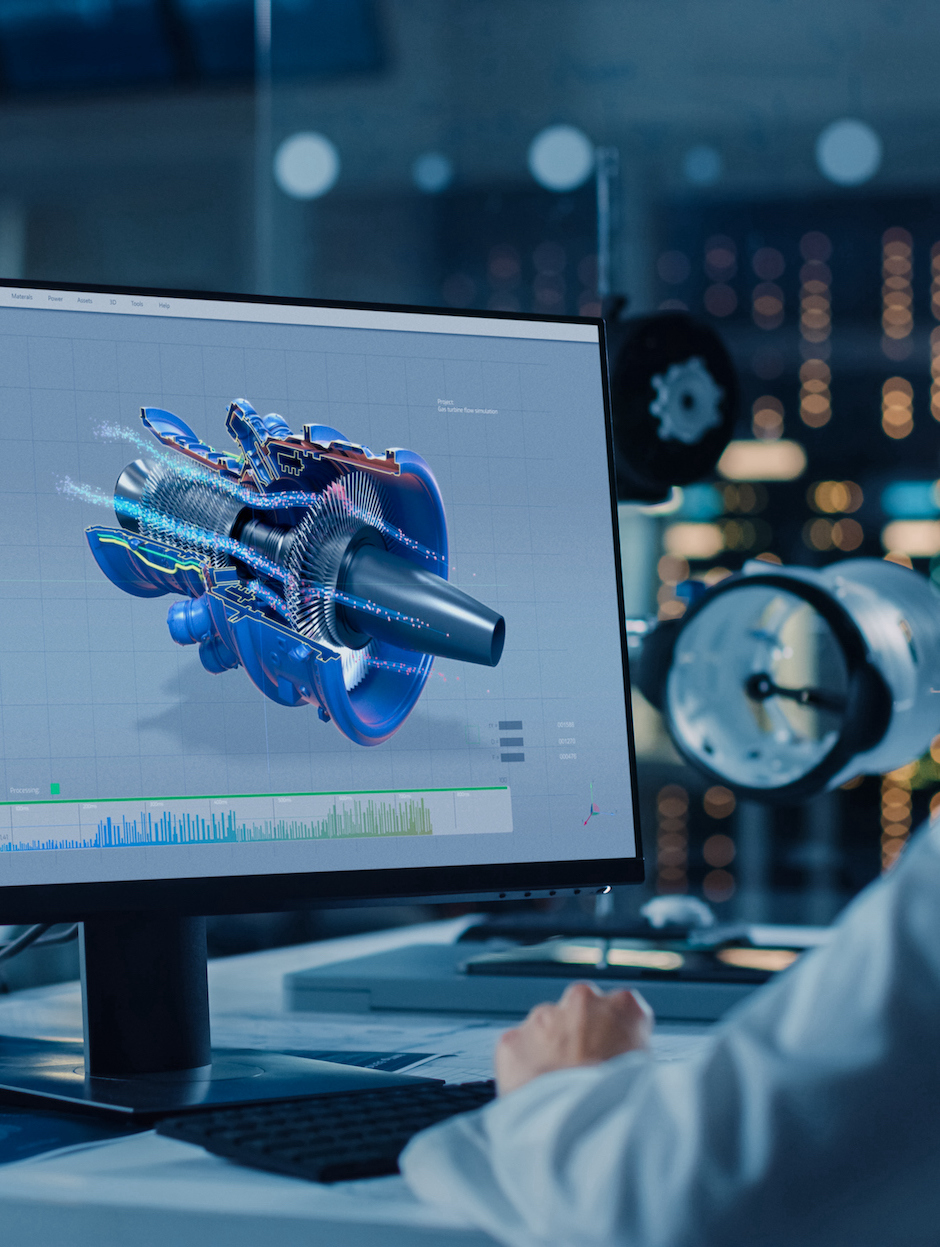Origin E6
The Cutting Edge in On-Device AI
With support for the latest generative AI models and traditional RNN, CNN, and LSTM models, the Origin™ E6 NPUs scale from 16 to 32 TOPS to deliver the optimum balance of performance, efficiency, and features for demanding edge inference applications.

Perfect-Fit Solutions
The Origin E6 is a versatile NPU that is customized to match the needs of next-generation smartphones, automobiles, AV/VR, and consumer devices. With support for video, audio, and text-based AI networks, including standard, custom, and proprietary networks, the E6 is the ideal hardware/software co-designed platform for chip architects and AI developers. It offers broad native support for current and emerging AI models, and achieves ultra-efficient workload scheduling and memory management, with up to 90% processor utilization—avoiding dark silicon waste.
Innovative Architecture
The Origin E6 neural engine uses Expedera’s unique packet-based architecture, which is far more efficient than common layer-based architectures. The architecture enables parallel execution across multiple layers achieving better resource utilization and deterministic performance. It also eliminates the need for hardware-specific optimizations, allowing customers to run their trained neural networks unchanged without reducing model accuracy. This innovative approach greatly increases performance while lowering power, area, and latency.
Choose the Features You Need
Customization brings many advantages, including increased performance, lower latency, reduced power consumption, and eliminating dark silicon waste. Expedera works with customers to understand their use case(s), PPA goals, and deployment needs during their design stage. Using this information, we configure Origin IP to create a customized solution that perfectly fits the application.
Market-Leading 18 TOPS/W
Sustained power efficiency is key to successful AI deployments. Continually cited as one of the most power-efficient architectures in the market, Origin NPU IP achieves a market-leading, sustained 18 TOPS/W.
Efficient Resource Utilization
Origin IP scales from GOPS to 128 TOPS in a single core. The architecture eliminates the memory sharing, security, and area penalty issues faced by lower-performing, tiled AI accelerator engines. Origin NPUs achieve sustained utilization averaging 80%—compared to the 20-40% industry norm—avoiding dark silicon waste.
Full TVM-Based Software Stack
Origin uses a TVM-based full software stack. TVM is widely trusted and used by OEMs worldwide. This easy-to-use software allows the importing of trained networks and provides various quantization options, automatic completion, compilation, estimator and profiling tools. It also supports multi-job APIs.
Successfully Deployed in 10M Devices
Quality is key to any successful product. Origin IP has successfully deployed in over 10 million consumer devices, with designs in multiple leading-edge nodes.
Use Case

Real-World User Experience
An OEM wanted to create a best-in-class AI chip for future high-end consumer AR/VR devices. To accommodate future requirements, the OEM needed a high-performance NPU that could concurrently run multiple networks with zero penalty context switching. As the OEM evaluated options, they discovered that while many NPUs claim to support multiple networks, they often introduce high latency during network changes. Expedera’s ability to run multiple networks concurrently with no perceptible increase in latency while providing the best-tested power, performance, and area made the Origin architecture the perfect choice.
|
|
|
|
|
|
|
|
| Compute Capacity | 8K to 16K INT8 MACs |
| Multi-tasking | Run up to 8 Simultaneous Jobs |
| Power Efficiency | 18 TOPS/W effective; no pruning, sparsity or compression required (though supported) |
| Example Networks Supported | HitNet, Denoise, ResNext, ResNet50 V1.5, ResNet50 V2, Inception V3, RNN-T, MobileNet SSD, MobileNet V1, UNET, BERT, EfficientNet, FSR CNN, CPN, CenterNet, YOLO V3, YOLO v5l, ShuffleNet2, Swin, SSD-ResNet34, DETR, others |
| Example Performance | MobileNet V1 (512 x 512): 3629 IPS, 2696 IPS/W (N7 process, 1GHz, no sparsity/pruning/compression applied) |
| Layer Support | Standard NN functions, including Conv, Deconv, FC, Activations, Reshape, Concat, Elementwise, Pooling, Softmax, others. Programmable general FP function, including Sigmoid, Tanh, Sine, Cosine, Exp, others. |
| Data types | INT4/INT8/INT10/INT12/INT16 Activations/Weights FP16/BFloat16 Activations/Weights |
| Quantization | Channel-wise Quantization (TFLite Specification) Software toolchain supports Expedera, customer-supplied, or third-party quantization |
| Latency | Deterministic performance guarantees, no back pressure |
| Frameworks | TensorFlow, TFlite, ONNX, others supported |

Download our White Papers
